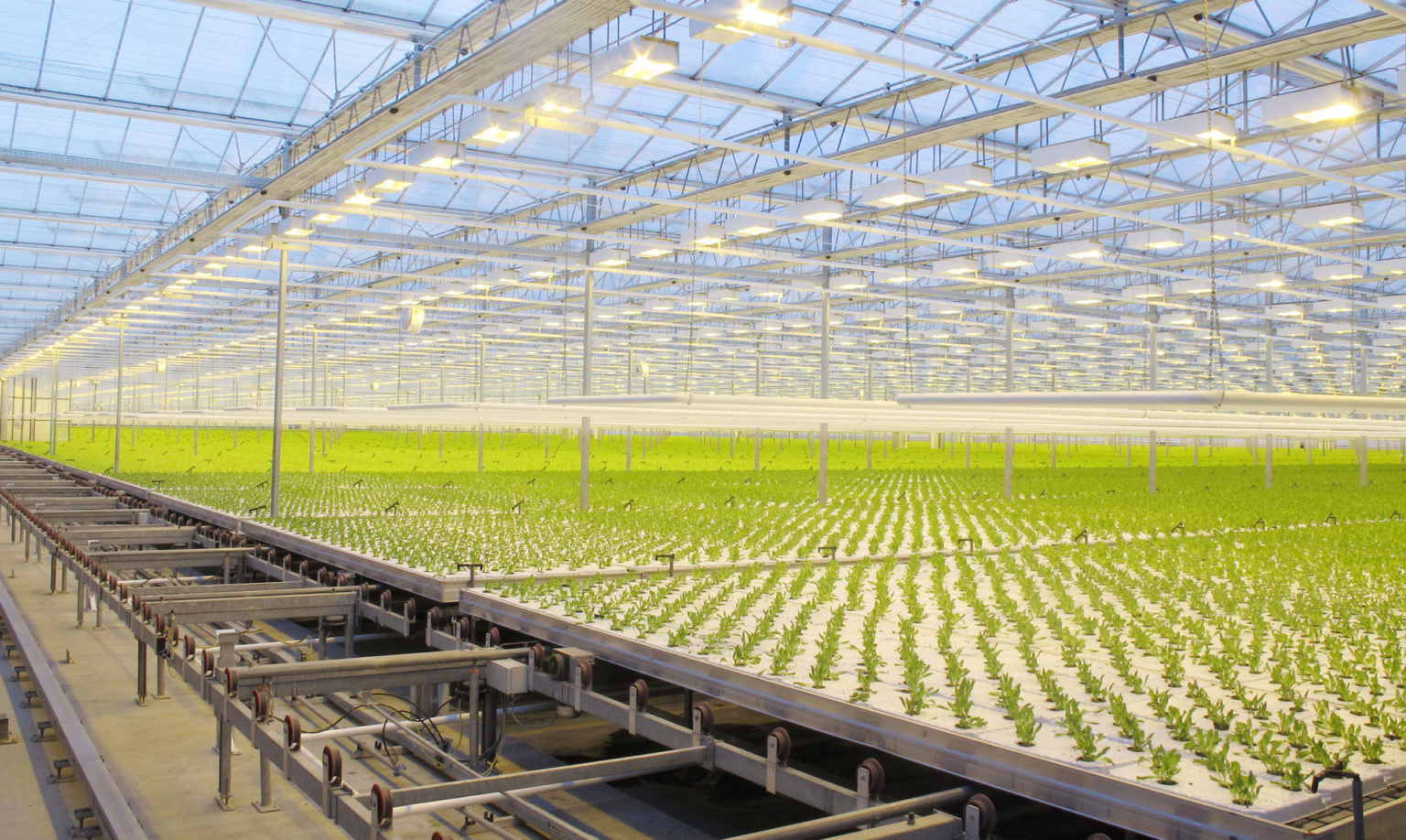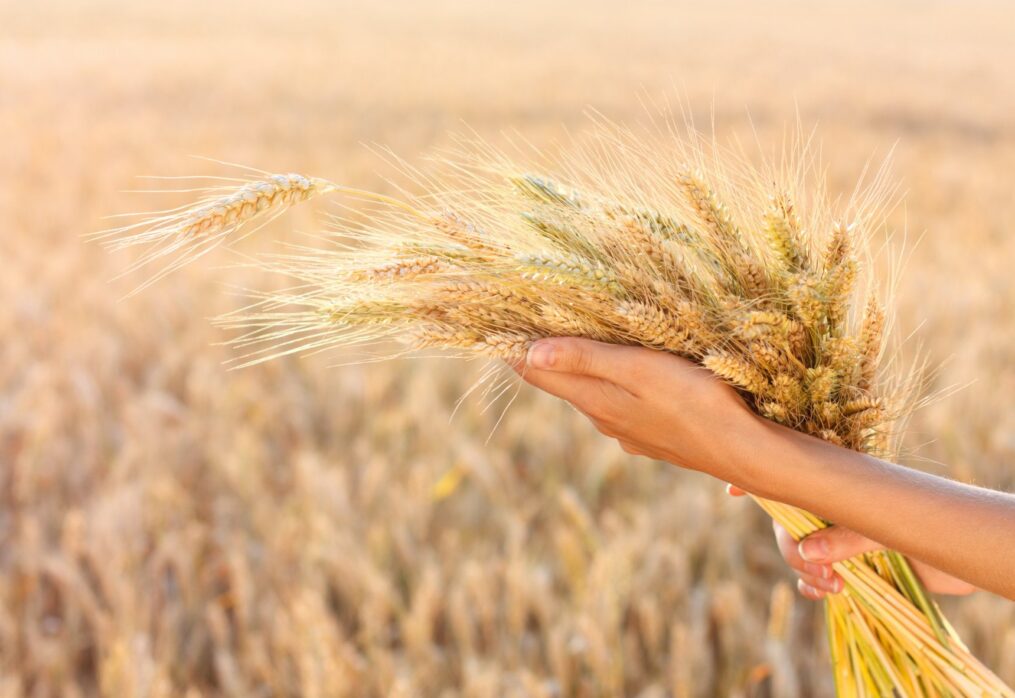Infarm: greenhouse wheat gives a rich harvest
Greenhouse wheat as a way to increase grain production
The problem of food scarcity on the planet has been one of the most pressing for decades. Environmental pollution, changes in natural landscapes, and the impact of production processes have led to a decrease in the production of agricultural plants. Existing varieties cannot fully develop and give a rich harvest due to the influence of various factors: weather conditions, diseases, parasites, and others. This makes scientists more and more actively search for options to feed the planet. One of them is greenhouse wheat, the cultivation of which was proposed by the specialists of an Infarm company from the Netherlands.
The scientists managed to get a crop of grain in the conditions of greenhouse cultivation. They did not use any special soil or pesticides. According to a statement from the company, the production of wheat in such conditions requires less water than the standard maturation of grain in the fields. According to representatives of the company, in order to provide the world population with sufficient food, it is necessary to focus the attention of scientists on increasing the yield of agricultural plants. They need to produce much more than now, given that the number of people on the planet continues to grow. And it is important to look for alternative crop cultivation — and one of these is the greenhouse. Thanks to a long research Infarm specialists managed to harvest wheat placed in an enclosed environment. As a result, the productivity of grain with this method of cultivation was 117 tons per hectare. At the moment the average yield of the crop in the EU countries is 5.6 tons per hectare, and in the U.S. — a little over 3 tons.
According to representatives of the company, in order to provide the world population with sufficient food, it is necessary to focus the attention of scientists on increasing the yield of agricultural plants. They need to produce much more than now, given that the number of people on the planet continues to grow. And it is important to look for alternative crop cultivation — and one of these is the greenhouse. Thanks to a long research Infarm specialists managed to harvest wheat placed in an enclosed environment. As a result, the productivity of grain with this method of cultivation was 117 tons per hectare. At the moment the average yield of the crop in the EU countries is 5.6 tons per hectare, and in the U.S. — a little over 3 tons.
In addition to new options for growing wheat, scientists are also working to increase the resistance of varieties to various diseases. One of the most common is rust. It affects the crop in all regions where wheat grows and negatively affects the quantity and quality of the crop. The optimal solution to combat the disease is to develop new varieties that are genetically resistant to the pathogen.
For this purpose, specialists from the International Maize and Wheat Improvement Center studied Afghan grain. Wheat from that region is resistant to several types of rust, including stripe and leaf rust. The study found that Afghan grain has a special gene that is responsible for the ability to resist a number of pathogens, including rust. This discovery can be used to breed new varieties of wheat by adding the resistance gene to their DNA. This could improve wheat quality and reduce pesticide use.
